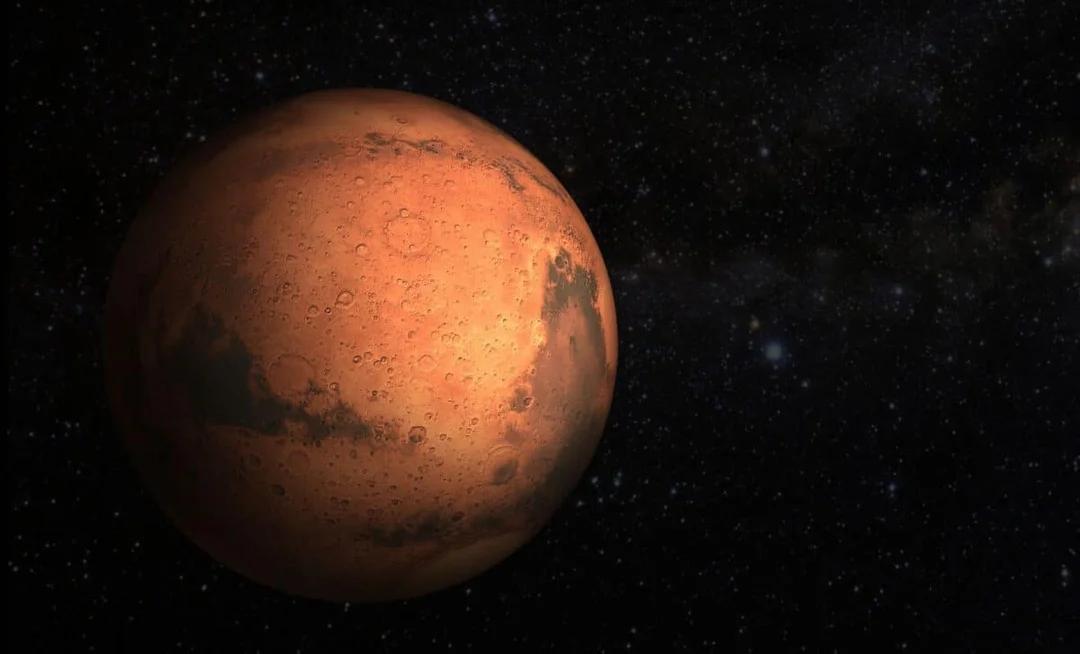
Hidden Giants: Mysterious Structures Beneath Mars Surface Leave Scientists Awestruck
Planetary scientists are buzzing with excitement after the discovery of giant, dense structures deep beneath the surface of Mars. These hidden masses could revolutionize our understanding of the Red Planet's interior and suggest that volcanic activity may still be occurring beneath the Martian crust. The findings offer tantalizing clues about Mars' past and potentially its future.

A Massive Underground Anomaly Beneath Tharsis Montes
Researchers recently confirmed the existence of a colossal underground mass, spanning approximately 1,750 kilometers (over 1,000 miles), situated about 1,100 kilometers (684 miles) below Tharsis Montes. This volcanic region is famed for housing Olympus Mons, the solar system’s largest volcano. The groundbreaking study, led by Bart Root from the Delft University of Technology, was published in the journal JGR: Planets.
The team believes this massive structure is a mantle plume surging from deep within Mars. Mantle plumes are columns of hot rock that ascend from the mantle towards the surface. According to the study, "There seems to be a big mass (something light) deep in Mars’ layer, possibly rising from the mantle.” Such a plume potentially heralds ongoing geological processes beneath the planet's crust, possibly triggering future volcanic activity.
The Tharsis Montes region stands significantly higher than the majority of Mars' surface. This elevation suggests the presence of a substantial upward force exerted by the underground mass, challenging traditional geological theory. Contrary to the concept of flexural isostasy, where heavy loads cause a planet's lithosphere to sink, these findings indicate an upward push, necessitating a reevaluation of how Martian volcanoes are supported.
Mysterious Dense 'Dog-Shaped' Anomalies Uncovered
In addition to the Tharsis discovery, scientists have identified other dense structures buried beneath Mars' northern polar plains. These gravitational anomalies, 300 to 400 kilograms per cubic meter denser than the surrounding material, reside beneath thick layers of sediment, likely remnants of an ancient seabed.
Unlike impact basins on Earth’s Moon, which exhibit visible surface traces from dense impactors, these Martian anomalies lack surface expression. Dr. Root commented, “These dense structures could be volcanic in origin or could be compacted material due to ancient impacts. There are around 20 features of varying sizes that we have identified dotted around the area surrounding the north polar cap – one of which resembles the shape of a dog.” This absence of surface evidence underscores the mystery surrounding these subsurface features.
New Mission Could Unlock Secrets
To further unravel these hidden structures and the geological processes shaping Mars, researchers are advocating for new exploratory missions. The proposed Martian Quantum Gravity (MaQuls) mission would deploy advanced technology similar to that used in mapping gravity fields on the Moon and Earth.
Dr. Lisa Wörner from the German Aerospace Center (DLR) highlighted the potential of MaQuls: “Observations with MaQuIs would enable us to better explore the subsurface of Mars,” she stated. “This would help us to find out more about these mysterious hidden features and study ongoing mantle convection, as well as understand dynamic surface processes like atmospheric seasonal changes and the detection of ground water reservoirs.”
Volcanism Still Alive and Well?
Further research suggests that molten lava may still be flowing on Mars. Analysis revealed that magma rising from deep underground could have melted ice near the surface. Eruptions continue to shape the surface, forming parallel rifts. The InSight Lander's seismic data has traced epicenters to Cerberus Fossae, southeast of the Elysium Mons volcanic complex. The darker shade of dust around the area suggests recent volcanic activity, perhaps within the past 50,000 years.
What do these discoveries mean for the possibility of past or present life on Mars? Could these geological activities create habitable environments? Share your thoughts and theories in the comments below!